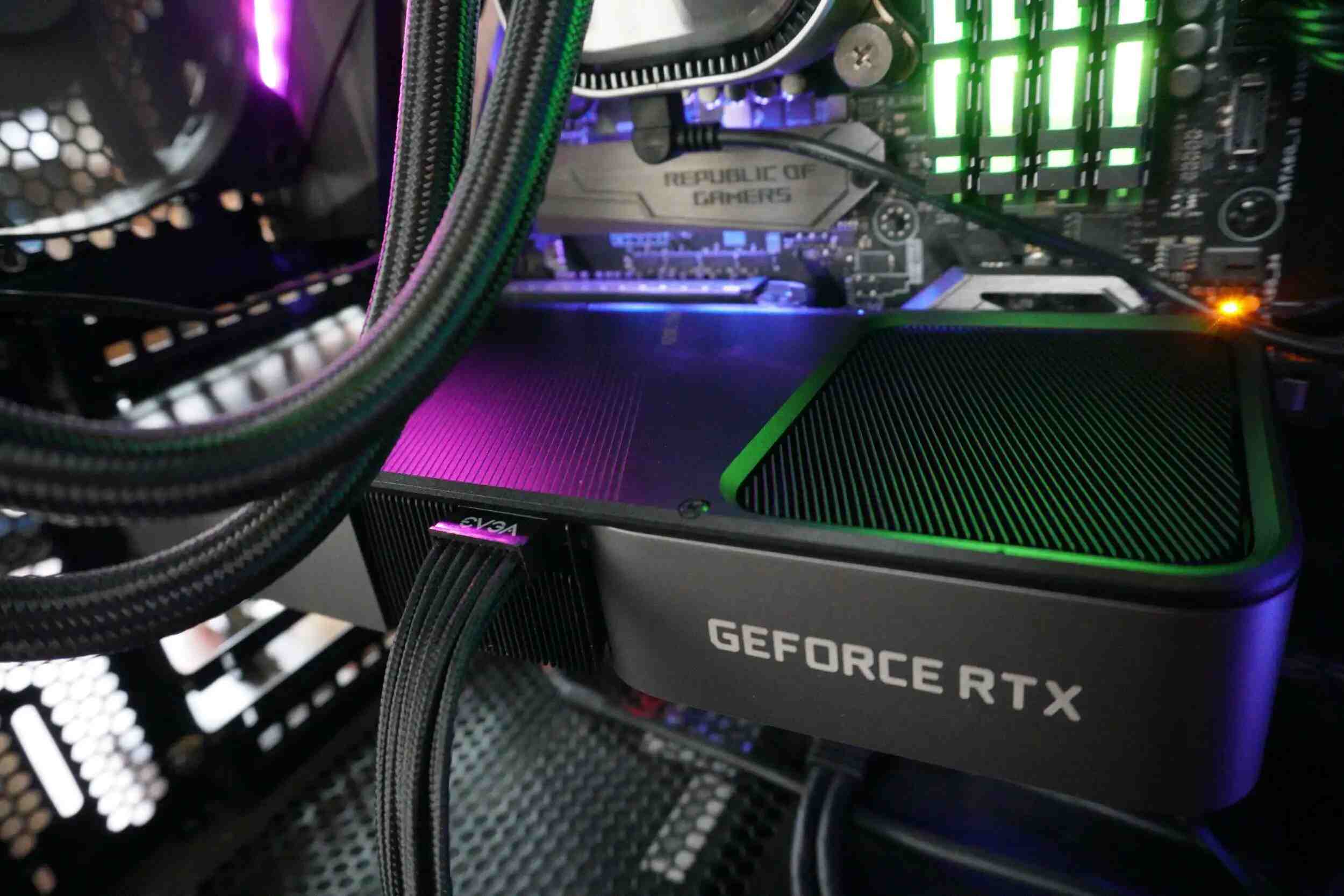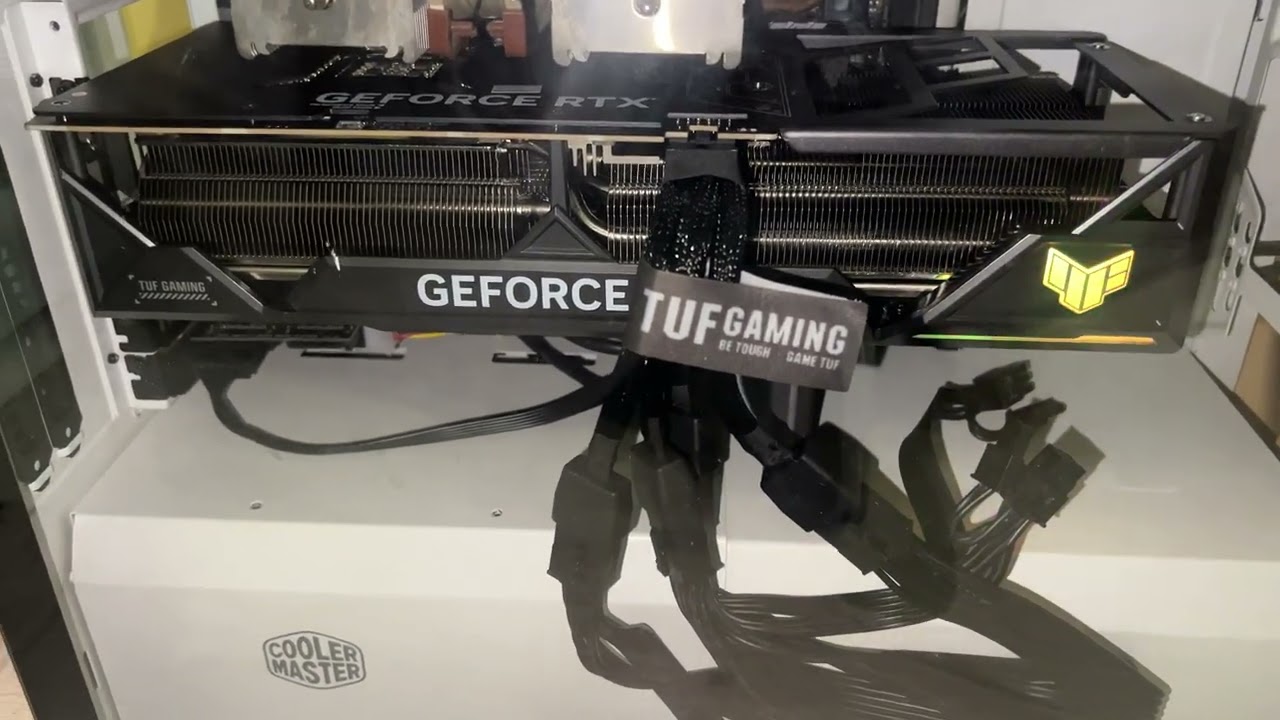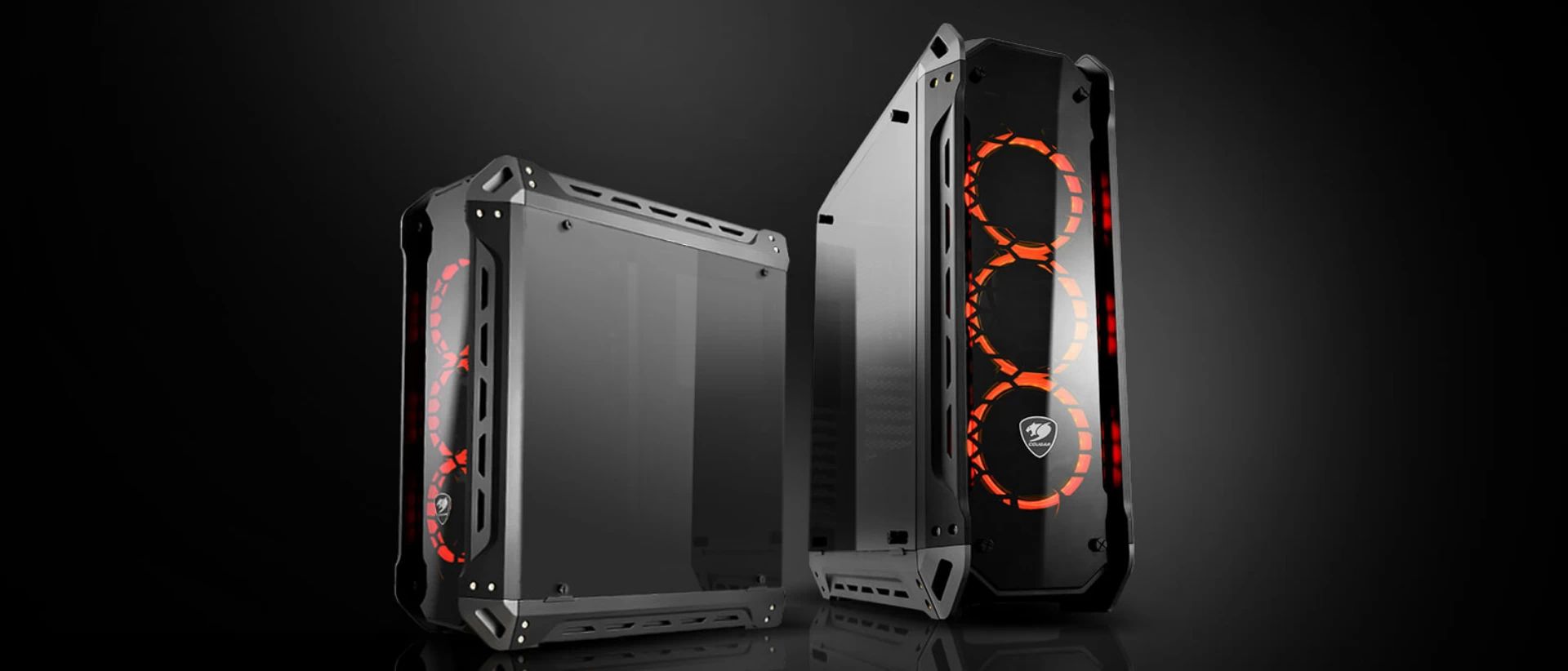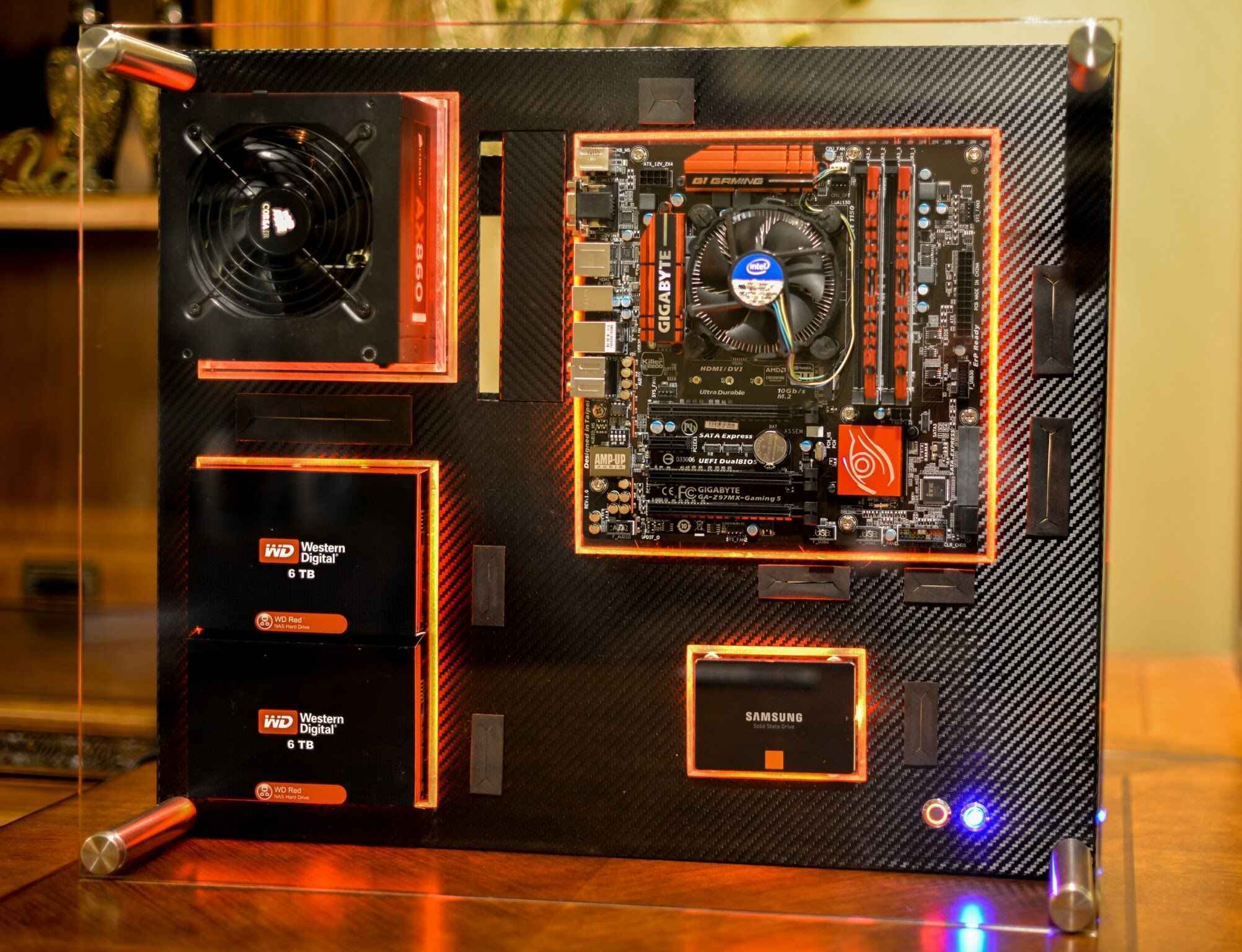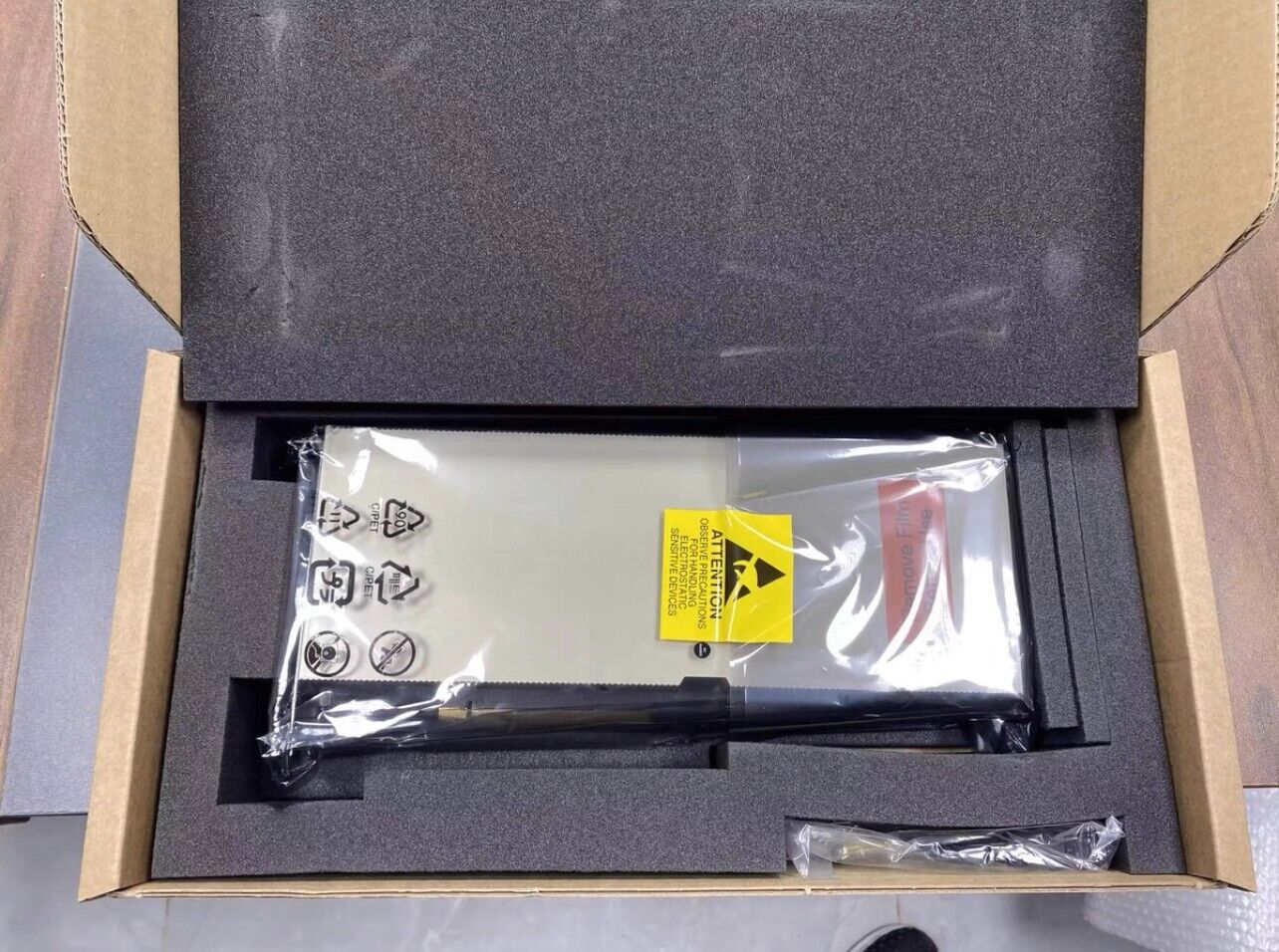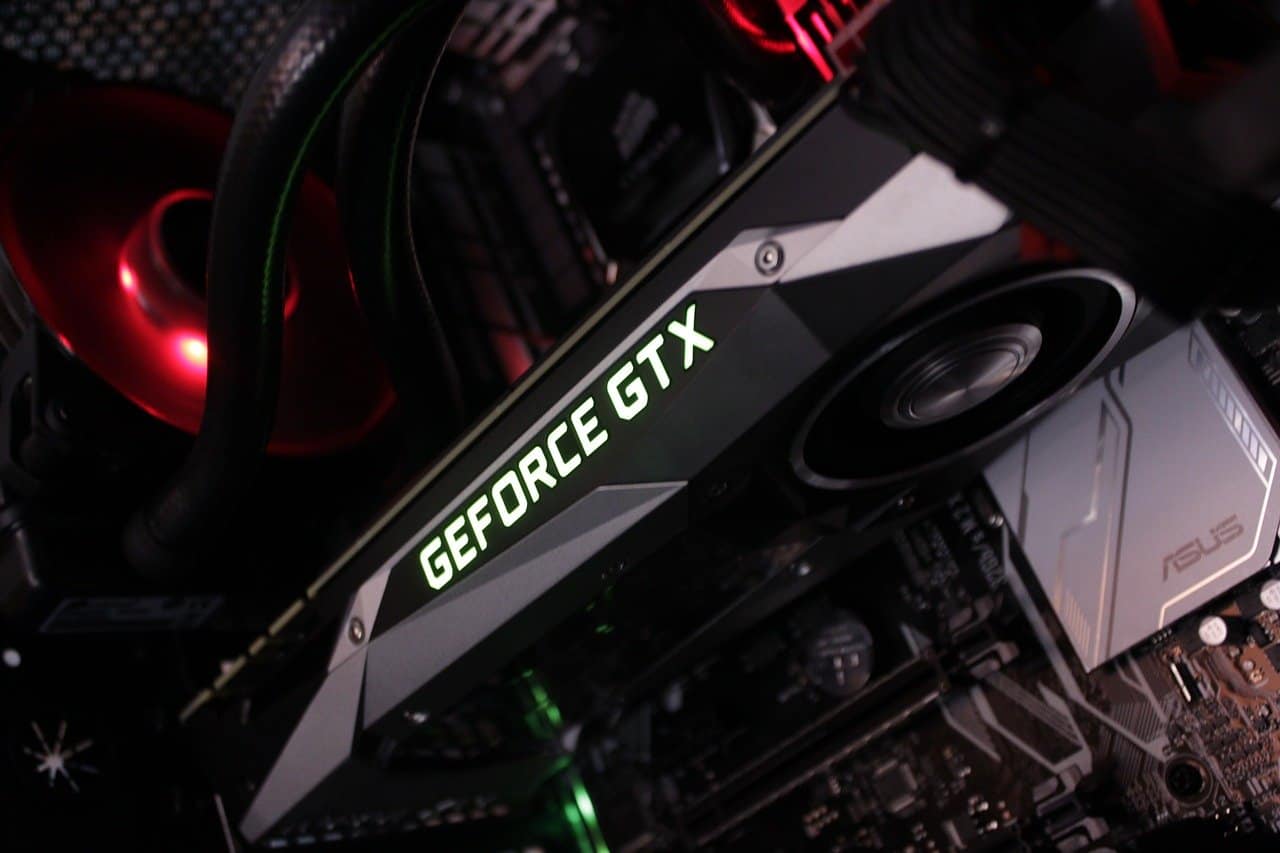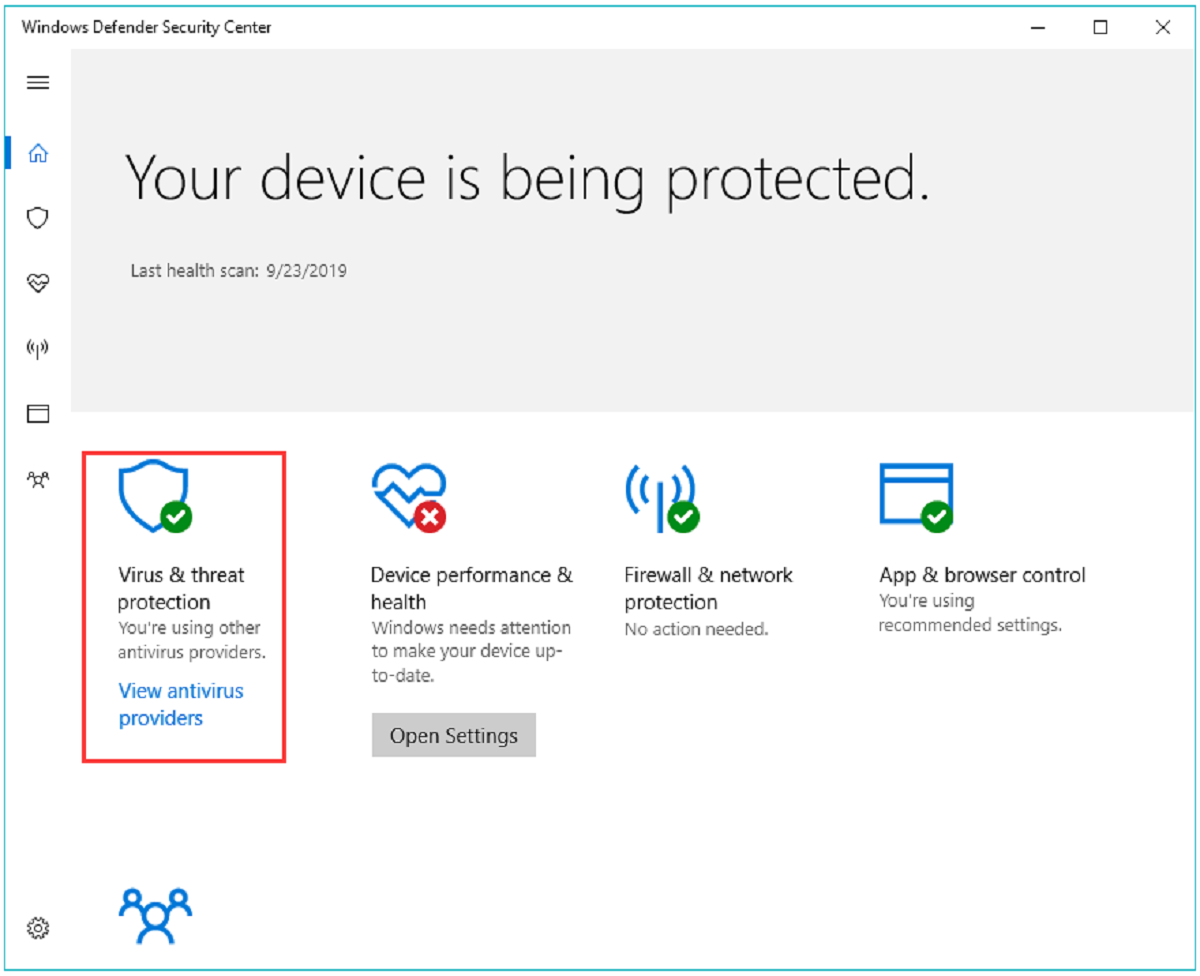Introduction
In today’s technology-driven world, graphics cards play a crucial role in delivering stunning visuals and enhanced performance for PC users. Whether you are a passionate gamer, a graphic designer, or someone who relies on their PC for resource-intensive tasks, ensuring that your system is utilizing the power of your graphics card is essential.
Using a dedicated graphics card can significantly improve the overall performance of your PC, allowing you to run demanding applications smoothly and enjoy seamless gaming experiences. However, it’s not uncommon for users to overlook this aspect and unintentionally rely on the integrated graphics of their CPU.
In this guide, we will explore how to make sure your PC is using your graphics card to its full potential. We will cover essential steps such as checking for an installed graphics card, updating drivers, setting the graphics card as the default option, adjusting settings, monitoring usage, and troubleshooting common issues. By following these steps, you will optimize your PC’s performance and unlock the true capabilities of your graphics card.
Check for an Installed Graphics Card
Before you can ensure that your PC is using your graphics card, you need to verify whether you have one installed in the first place. To do this, follow the steps below:
- Open the Device Manager by right-clicking on the Start menu and selecting “Device Manager” from the menu.
- In the Device Manager window, expand the “Display adapters” category by clicking on the arrow next to it. This will show the graphics cards installed on your system.
- If you see the name of a graphics card, such as NVIDIA or AMD, listed under the “Display adapters” category, congratulations! You have a dedicated graphics card installed.
- If you don’t see any graphics card listed or if you only see an entry for “Integrated graphics” or “Intel HD Graphics,” it means that your PC is currently relying on the integrated graphics of your CPU.
If you determine that your PC does not have a dedicated graphics card installed, you may need to consider upgrading your system if you require more powerful graphics performance. However, if you do have a graphics card installed, continue reading to learn how to optimize its usage.
Update Graphics Card Drivers
Keeping your graphics card drivers up to date is important to ensure compatibility with the latest software and games, as well as to benefit from performance improvements and bug fixes. Here’s how you can update your graphics card drivers:
- Identify your graphics card model by referring to the documentation that came with your PC or by visiting the manufacturer’s website.
- Once you have the model information, visit the website of the graphics card manufacturer, such as NVIDIA, AMD, or Intel.
- Navigate to the “Support” or “Drivers” section of the manufacturer’s website and search for the latest drivers for your specific graphics card model.
- Download the appropriate driver package for your operating system.
- Run the downloaded driver package and follow the on-screen instructions to install the new drivers.
- After the installation is complete, restart your PC to apply the changes.
It’s worth noting that some graphics card manufacturers provide software utilities that can automate the driver update process. These utilities, such as NVIDIA GeForce Experience or AMD Radeon Software, can check for updates and install them with a few clicks. Consider utilizing these tools for a more convenient driver update experience.
Regularly updating your graphics card drivers is recommended to ensure optimal performance. It’s a good practice to check for driver updates periodically or whenever you encounter issues with graphics-intensive tasks or applications.
Set Graphics Card as Default
After confirming that you have a dedicated graphics card installed and updating the drivers, the next step is to ensure that your PC is using the graphics card as the default option. By doing so, you can maximize its performance and enjoy the benefits it offers. Here’s how you can set your graphics card as the default:
- Open the NVIDIA Control Panel (for NVIDIA graphics card) or the AMD Radeon Settings (for AMD graphics card) by right-clicking on an empty area of your desktop and selecting the respective option from the context menu.
- In the Control Panel or Settings window, navigate to the “Manage 3D settings” or a similar section.
- Under the “Global Settings” tab, locate the “Preferred graphics processor” or a similar option.
- Select the dedicated graphics card (e.g., NVIDIA or AMD) from the drop-down menu.
- Click on “Apply” or “OK” to save the changes.
By setting your graphics card as the default, you ensure that your PC utilizes its full potential for all applications and games. However, it’s important to note that certain software or games may have their own graphics settings that need to be adjusted separately. Therefore, it’s recommended to explore the settings of individual applications to ensure they are configured to use the graphics card.
If you are using a laptop, check the power settings as well. Most laptops have an option to choose between high performance (which uses the dedicated graphics card) and power saving (which uses integrated graphics). Make sure to set the power plan to high performance to fully utilize your graphics card.
Setting your graphics card as the default option is an important step in optimizing your PC’s performance. By following these instructions, you can ensure that your system leverages the power of your dedicated graphics card for an enhanced visual experience and improved performance in various tasks and applications.
Adjust Graphics Card Settings
Once you have set your graphics card as the default option, you can further optimize its performance by adjusting various settings. These settings allow you to fine-tune the graphics card to better suit your preferences and the requirements of different applications. Here are some settings that you can consider adjusting:
- Graphics Quality Settings: Many games and applications have their own graphics settings that allow you to adjust the level of detail, textures, anti-aliasing, and other visual effects. Experiment with these settings to find the right balance between visual quality and performance.
- Refresh Rate and Resolution: Depending on your monitor’s capabilities and your system’s performance, you may want to adjust the refresh rate and resolution. Higher refresh rates and resolutions provide a smoother and more detailed visual experience, but they may require more power from your graphics card.
- Overclocking: If you are an advanced user looking to squeeze out extra performance from your graphics card, you can explore overclocking. Overclocking involves increasing the clock speed of the graphics card above its factory settings, but it can also result in higher temperatures and potential stability issues. It’s important to research and follow proper procedures to avoid any damage.
- Fan Speed and Temperature Control: To maintain optimal performance and prevent overheating, you can adjust the fan speed and temperature control settings of your graphics card. This allows you to customize the cooling solution based on your system’s requirements and noise tolerance.
- Power Management: Graphics cards often come with power management options that allow you to prioritize performance or energy efficiency. Depending on your usage scenario, you can choose the appropriate power management mode to achieve the desired balance between performance and power consumption.
It’s important to note that not all graphics card control panels or settings will be the same across different manufacturers. NVIDIA and AMD, for example, have their own control panels with unique interfaces and options. Take some time to familiarize yourself with the available settings and experiment with different configurations to find what works best for your needs.
Adjusting graphics card settings is a personalization step that allows you to optimize your visual experience, performance, and power management. By exploring and tweaking these settings, you can make the most out of your graphics card’s capabilities.
Monitor Graphics Card Usage
Monitoring your graphics card usage can provide valuable insights into its performance and help you identify any potential issues. By keeping an eye on the usage, you can ensure that your graphics card is being utilized effectively. Here are some methods to monitor your graphics card usage:
- Task Manager: In Windows, you can use the Task Manager to monitor the usage of your graphics card. To access it, right-click on the taskbar and select “Task Manager.” In the Task Manager window, navigate to the “Performance” tab and click on “GPU.” Here, you can view real-time GPU usage, memory usage, and other related metrics.
- Graphics Card Software: Graphics card manufacturers often provide software utilities that allow you to monitor and tweak various aspects of your graphics card. These utilities, such as NVIDIA GeForce Experience or AMD Radeon Software, offer detailed monitoring features, including temperature, fan speed, clock speed, and usage statistics.
- Third-Party Tools: There are also third-party applications available that specialize in monitoring hardware performance. These tools, such as MSI Afterburner or HWiNFO, provide comprehensive monitoring capabilities, including graphics card usage, temperature, power consumption, and more.
By monitoring your graphics card usage, you can easily identify any bottlenecks or performance issues. If you notice that the usage is consistently low or if your graphics card is not being utilized at all, it might indicate a problem with software settings, drivers, or hardware. In such cases, it’s advisable to investigate further and take necessary troubleshooting steps.
Regularly monitoring your graphics card usage can also help you identify situations where additional resources, such as overclocking or upgrading to a more powerful graphics card, may be necessary. By staying informed about your graphics card’s performance, you can make informed decisions to optimize your PC’s graphics capabilities.
Troubleshoot Graphics Card Issues
While graphics cards are generally reliable, occasional issues can occur that may impact performance or cause graphical artifacts. Here are some common graphics card issues and troubleshooting steps to resolve them:
- Update Drivers: Outdated or corrupt graphics card drivers can lead to various issues. Ensure that you have the latest drivers installed by visiting the manufacturer’s website or using their provided software utilities to update them.
- Check for Hardware Compatibility: If you recently upgraded your graphics card or made changes to your system, ensure that all components are compatible. Incompatible hardware or mismatched power requirements can cause stability problems.
- Monitor Temperature: Overheating can lead to performance degradation or system instability. Monitor the temperature of your graphics card and ensure proper airflow in your PC case. Consider cleaning dust from the card and replacing thermal paste if necessary.
- Check for Physical Damage: Inspect your graphics card for any physical damage, such as bent components or loose connections. Make sure the card is securely seated in the PCIe slot and that all power connectors are properly connected.
- Adjust Graphics Settings: In some cases, certain graphics settings or effects in games or applications may cause issues on specific hardware. Try lowering or disabling some settings to see if it resolves the problem.
- Run Hardware Diagnostics: Use diagnostic tools provided by your graphics card manufacturer to test the functionality of your card and detect any hardware issues. These tools can help pinpoint specific problem areas and guide you towards a solution.
- Reinstall Graphics Card: If all else fails, consider reinstalling your graphics card. Remove it from the PCIe slot, clean the connectors, then reinsert it securely. Make sure to follow proper installation procedures and install the necessary drivers.
If you continue to experience graphics card issues even after troubleshooting, it may be necessary to contact the manufacturer’s support or seek professional assistance. They can provide specialized guidance and solutions for specific issues and hardware components.
Remember that troubleshooting graphics card issues can require patience and experimentation. It’s important to document any changes or actions taken during the troubleshooting process to help identify patterns or recurring problems.
By following these troubleshooting steps, you can address common graphics card issues and ensure smooth performance and stability for your PC.
Conclusion
Ensuring that your PC is using your graphics card effectively is vital for optimal performance, whether you’re a gamer, a designer, or using resource-intensive applications. Throughout this guide, we have explored several essential steps to make sure your PC is utilizing your graphics card to its full potential.
We began by checking for an installed graphics card and verifying that it is indeed present in your system. Next, we emphasized the importance of keeping your graphics card drivers up to date, as this ensures compatibility, performance improvements, and bug fixes.
Setting your graphics card as the default option is crucial, and we discussed how to accomplish this through the NVIDIA Control Panel or AMD Radeon Settings. Additionally, we highlighted the significance of adjusting graphics card settings to fine-tune performance and personalize the visual experience, covering aspects such as quality settings, refresh rate, resolution, overclocking, fan speed, temperature control, and power management.
Monitoring graphics card usage allows you to keep track of performance and diagnose any potential issues. We explored methods such as using the Task Manager, graphics card software, and third-party tools for this purpose.
Lastly, we covered troubleshooting graphics card issues, emphasizing the importance of updating drivers, checking for hardware compatibility, monitoring temperature, inspecting for physical damage, adjusting graphics settings, running hardware diagnostics, and reinstalling the graphics card if necessary.
By following these steps and implementing the recommendations provided, you can ensure that your PC is utilizing your graphics card to its full potential. Remember to keep your drivers updated, monitor usage, and troubleshoot any issues that arise. By optimizing your graphics card usage, you can unlock enhanced performance, stunning visuals, and a seamless experience while using your PC.







